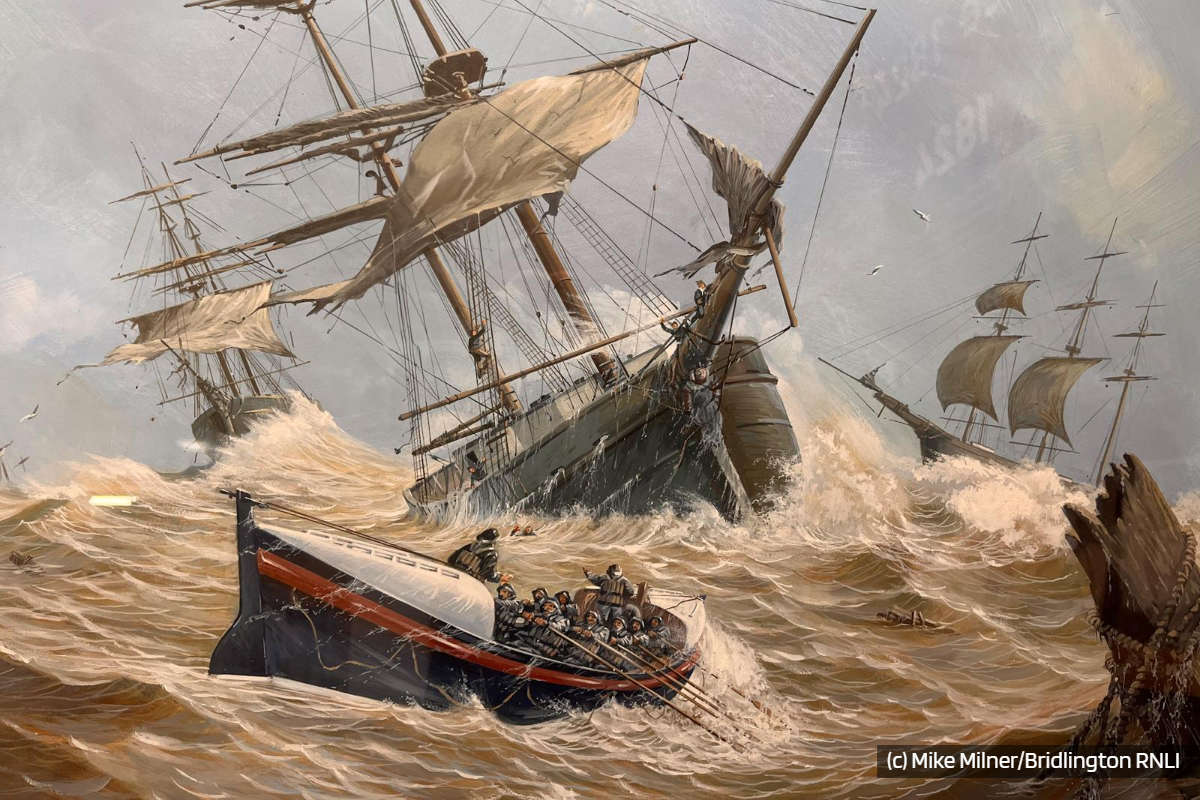
Bridlington is preparing to mark the 154th anniversary of the Great Gale at the Bridlington Priory Church to commemorate the Great Gale of 1871.
The volunteer crew of Bridlington RNLI will once again be returning to Bridlington Priory Church on Sunday 9 February 2024, service to commence at 10:30am, to remember those lost on that fateful day. To join the congregation to remember those lost on that fateful day, a day that will never be forgotten.
The year 1871 will be a year that will never be forgotten in the town of Bridlington, East Yorkshire, as in February of that year the town witnessed one of the worst storms ever seen on the North East Coast. On Friday 10 February 1871, 154 years ago, the so called ‘Bay of Refuge’ was witness to the storm that affected not only the town, but many other seafarers who had taken shelter in the bay to escape the worst of the winter weather that had ravaged the coast in the early part of that year.
The day before the storm, around 400 vessels made sail from the Tyne, many bound for Paris and London, with the majority being over ladened colliers, as they made use of a break in the weather. However, on the evening of that day, the wind died away and many took shelter in Bridlington Bay at anchor waiting for a favourable wind. In the early hours of 10 February 1871, the wind started to rise, slowly at first but by daybreak it had increased to a full blown south easterly gale. This was just the start of what was to become one of the darkest days in the history of Bridlington.
Many of the ships made a decision to run for the beach, heading for the sands north of the harbour, the weather had other ideas and many ended up in peril close to the Spa, south of the harbour. Many of the crews perishing in the turmoil of the sea with conditions now hampered further as snow had started to fall heavily. Other vessels were wrecked against the harbour walls and added to the carnage and loss of lives. It is thought that up to 30 vessels were lost that dreadful day, and as many as 70 lives lost, although it is difficult to know exactly how many were lost but the event was witnessed by hundreds of onlookers who had attended to watch the carnage unfold and help where they could.
At the time, Bridlington had two separate lifeboats, the RNLI’s Robert Whitworth and a locally owned vessel named the Harbinger. Both boats were launched multiple times, with both crews succeeding in saving several lives. Tragically, the Harbinger was attempting to save the crew of the brig Delta when a wave capsized the lifeboat and six of the nine local men onboard were drowned.
Of those lucky enough to make it to shore, some of whom had even managed to carry bags of clothes with them from their wrecked vessels, were greeted by men, women and children of the town and were taken to a place of shelter to make warm, be fed and welcomed by the inhabitants. Many of those who were not so lucky and perished in the storm were taken to the rear of the local public house ‘The Albion’ on Hilderthorpe Road, where they were carefully laid out, clothing delicately removed ready to be identified and carefully prepared for burial. Over the next few days many people arrived in Bridlington who had come from out of town with the sole purpose of trying to identify their loved ones. Upon arriving at the rear yard of The Albion, they were witness to the sight of the clothing that had been carefully removed from the dead that was hanging up on lines to dry. It was a very sad sight to greet these poor people to the town as the clothing was in such a sorry state and resembled rags rather than clothing due to the battering they had taken in the sea.
The Reverend Neil Bowler, Rector of Bridlington Priory, will once again lead the service, said ‘It is a privilege for me to once again lead the Great Gale service here at Bridlington Priory. The service gives to us all not only an opportunity to remember the tragedy and impact of the Great Gale, but also to give thanks for the bravery of the men and women who risk their lives, and in some cases have lost their lives, across the generations, in attempting to save lives at sea. The church service and the Great Gale monument in the churchyard remind us of the selfless and unconditional acts of service to others that the RNLI have carried out in the past and continue to carry out today.’
After the service, the Reverend, volunteers from Bridlington Lifeboat and the congregation will attend the memorial in Bridlington Priory Churchyard that commemorates 43 burials there. As well as the graves of the volunteer crew of the lifeboat ‘Harbinger’ who are also buried in separate graves in the Priory Churchyard.
The disaster led MP and social reformer Samuel Plimsoll, who ironically was born on the 10 February, to petition Parliament to introduce a new law to prevent ships being dangerously overladen, by introducing the painting of a load line on the hull. ‘Plimsoll Lines’ as they became known, are still used in international shipping to this day.
Andy Rodgers, Bridlington RNLI Coxswain, added:
‘The 10th February 1871 is a very important date within the town of Bridlington. As a close fishing community for hundreds of years, many families still live in the town today who have relatives that were victims or members of the many teams that helped with the rescue efforts, not only at sea but also on the shoreline. Many witnessed the terrifying power of Mother Nature on that fateful day.
'It is very important that the town never forgets the sacrifice that was made 154 years ago and that is why the community of Bridlington have turned out to remember that day and why the Bridlington Lifeboat volunteer crew are here today. I would like to thank everyone who supports Bridlington RNLI, all of you contribute to help us continue to save lives at sea.’




 RNLI Urges Coastal Visitors to Remember 'Float to Live' Advice Ahead of Bank Holiday and Half Term
RNLI Urges Coastal Visitors to Remember 'Float to Live' Advice Ahead of Bank Holiday and Half Term
 North Yorkshire Health leaders Issue Weight Loss Jab Warning After Woman Hospitalised
North Yorkshire Health leaders Issue Weight Loss Jab Warning After Woman Hospitalised
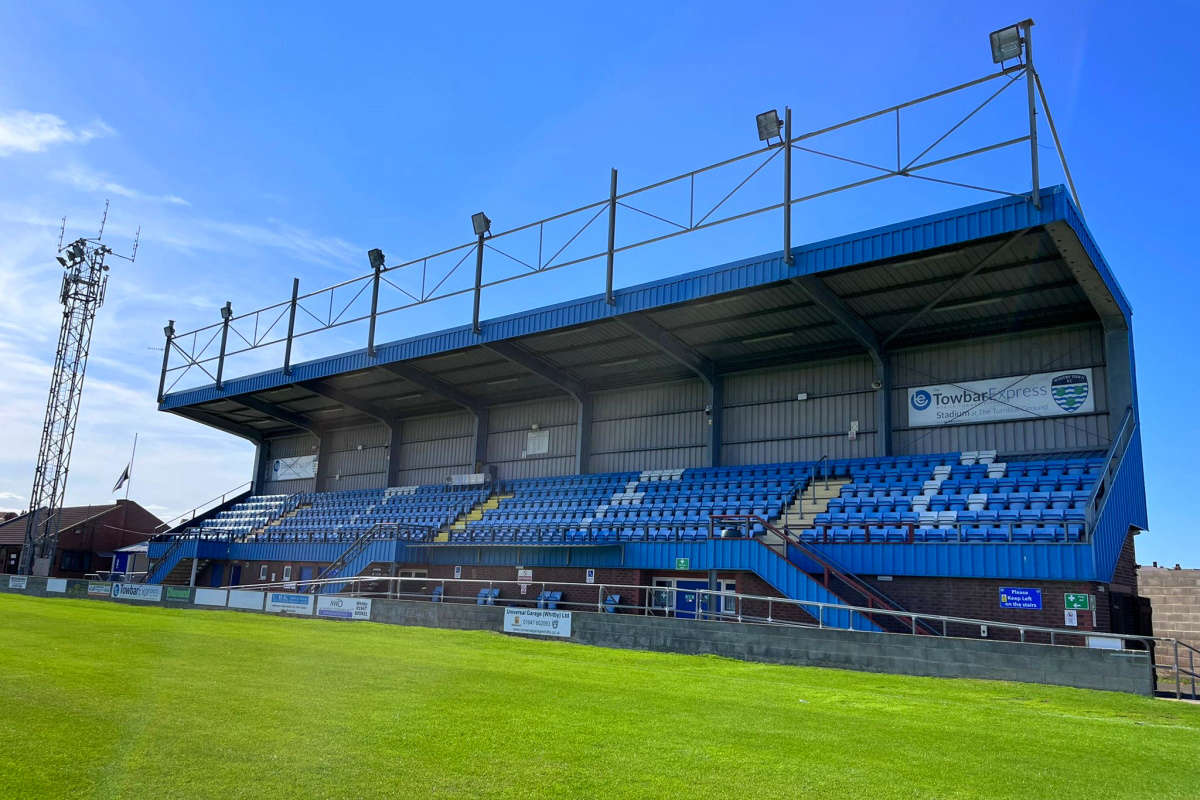 Whitby Town Announces Season Ticket Price Increases for 2025/26 Season
Whitby Town Announces Season Ticket Price Increases for 2025/26 Season
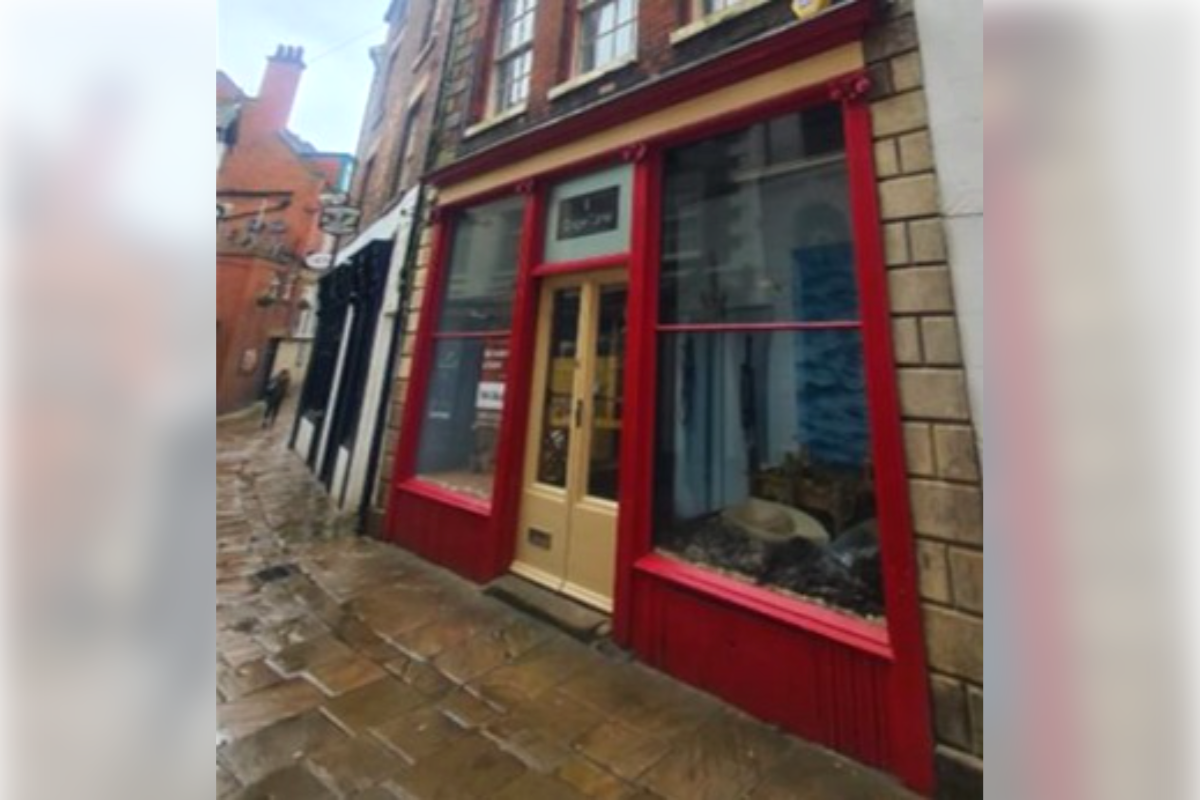 Former Whitby Ironmongers to Become Pub and Holiday Flats
Former Whitby Ironmongers to Become Pub and Holiday Flats
 New Lifeboat Operations Manager Appointed at Bridlington RNLI
New Lifeboat Operations Manager Appointed at Bridlington RNLI
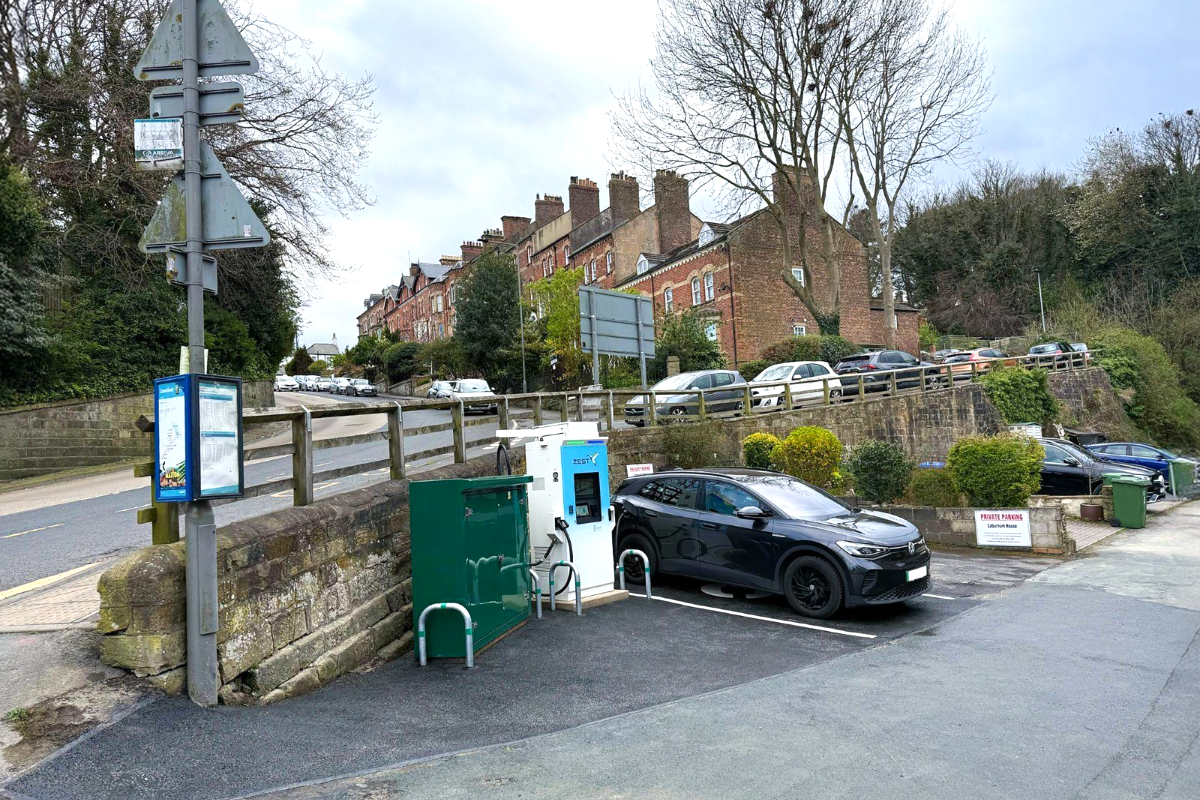 New EV Charging Station for Whitby
New EV Charging Station for Whitby
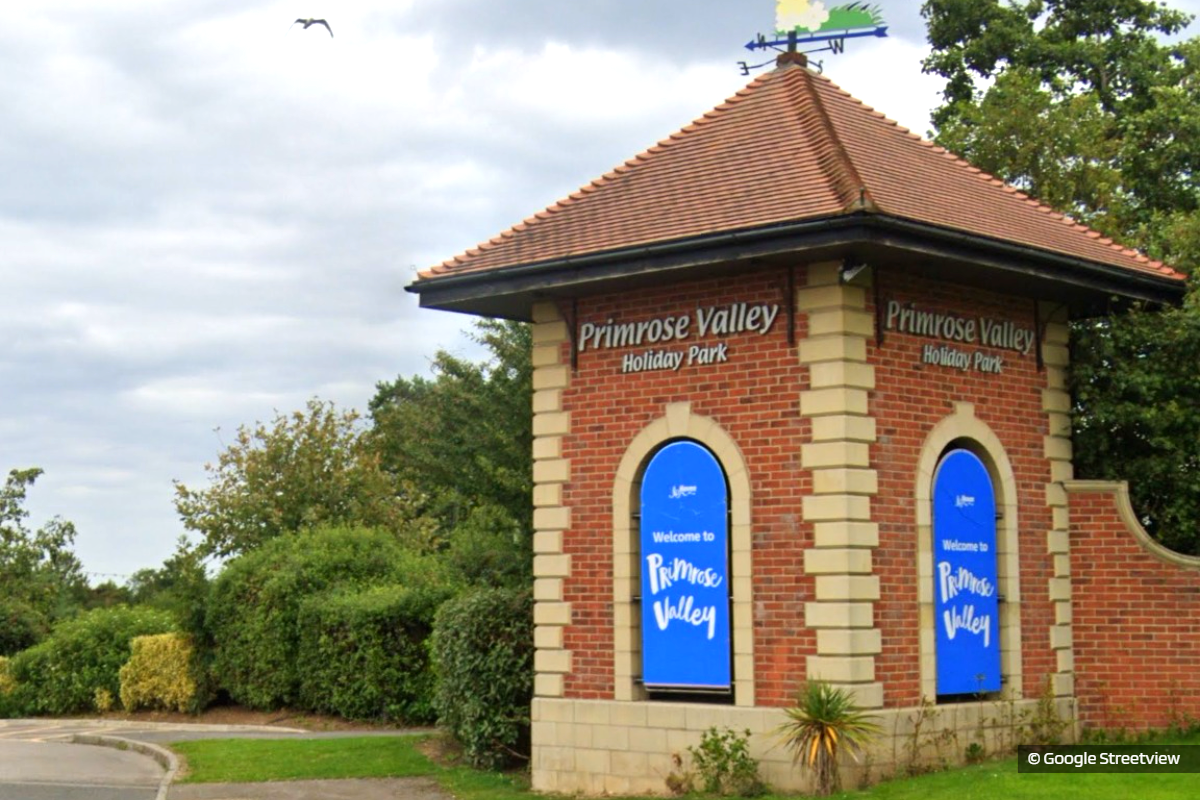 Filey Holiday Park Expansion Approved Despite Dozens of Objections
Filey Holiday Park Expansion Approved Despite Dozens of Objections
 Progress Made on Whitby Maritime Hub Construction
Progress Made on Whitby Maritime Hub Construction
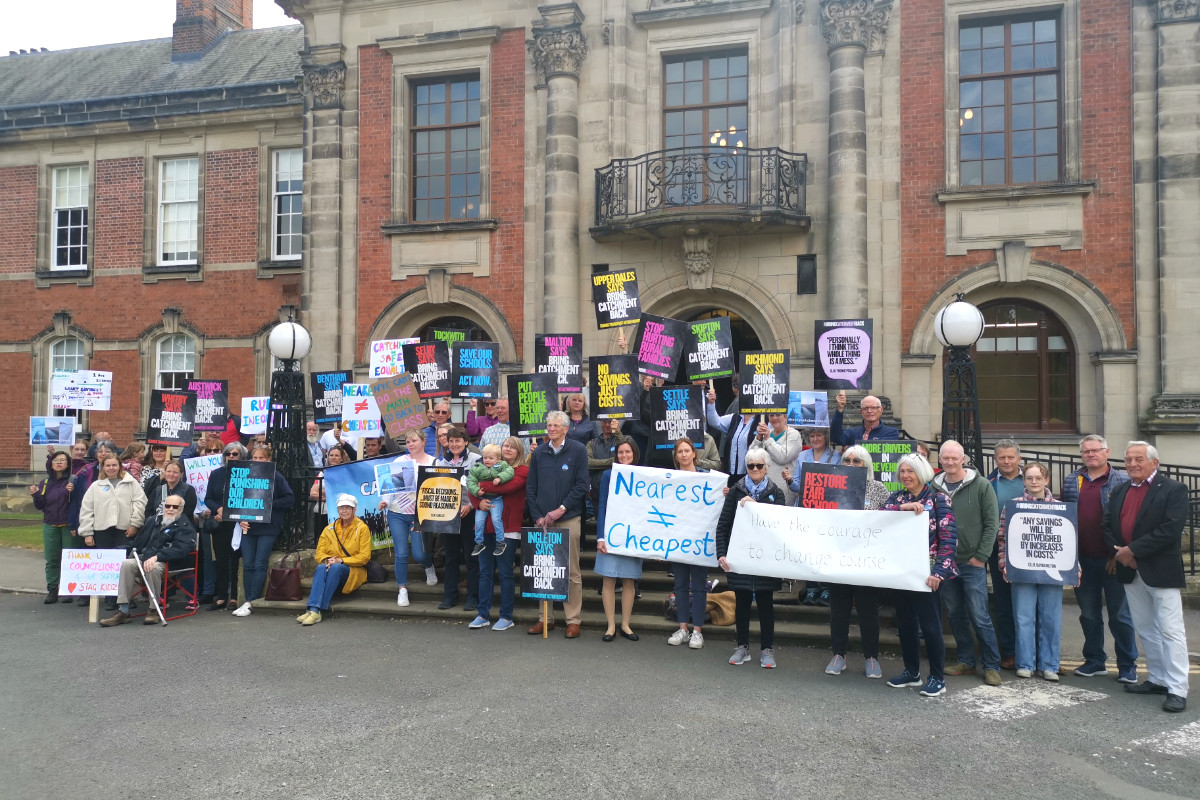 Council Rejects Bid to Change Unpopular Home-to-School Transport Policy
Council Rejects Bid to Change Unpopular Home-to-School Transport Policy
 Concerns Remain Over Availability of Dental Treatment for Bridlington Youngsters
Concerns Remain Over Availability of Dental Treatment for Bridlington Youngsters
 Council Reports "Positive Signs" Over Scarborough Athletic Pitch
Council Reports "Positive Signs" Over Scarborough Athletic Pitch
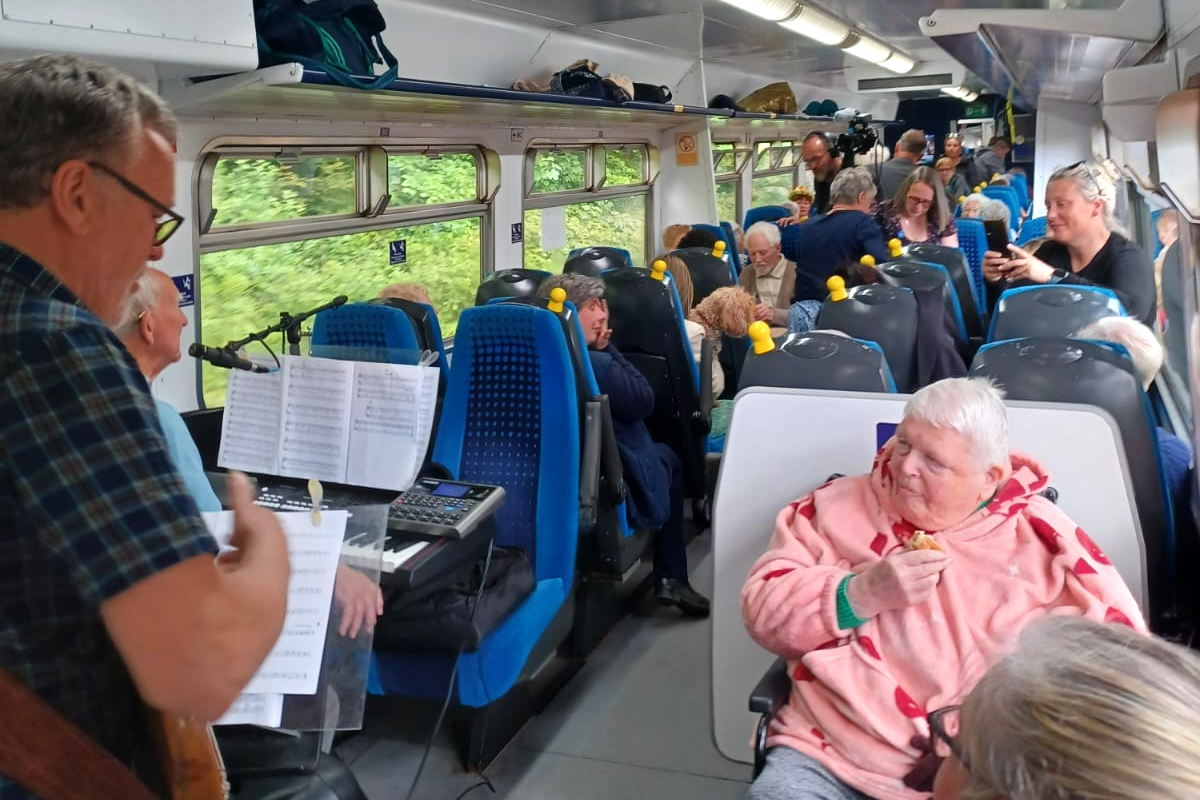 Largest Ever Ridership on Esk Valley "Forget Me Not" Train
Largest Ever Ridership on Esk Valley "Forget Me Not" Train









Comments
Add a comment